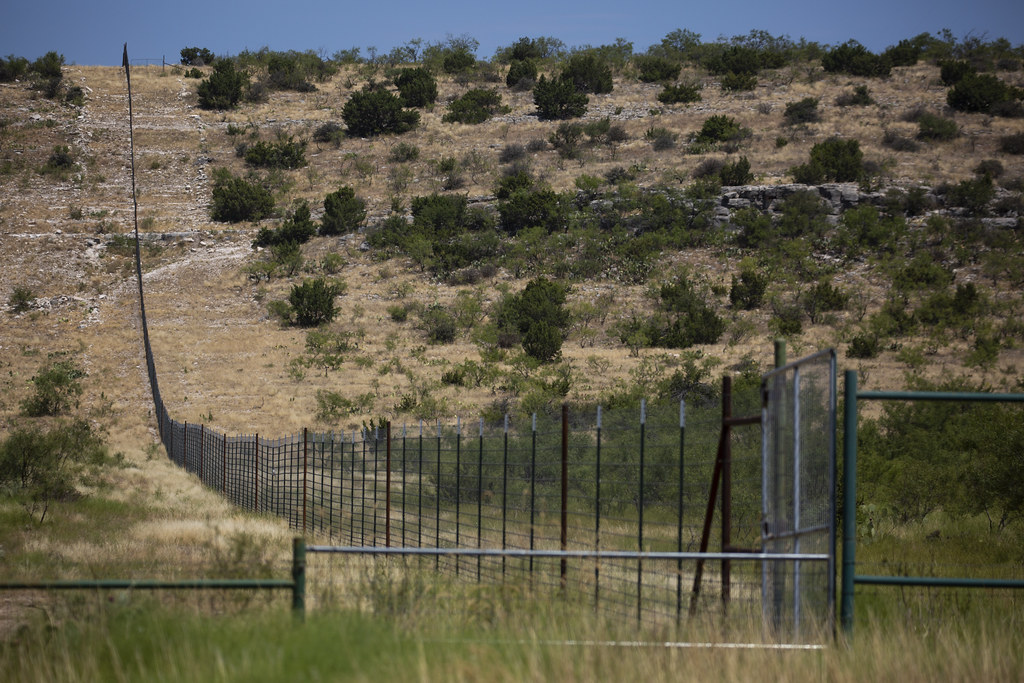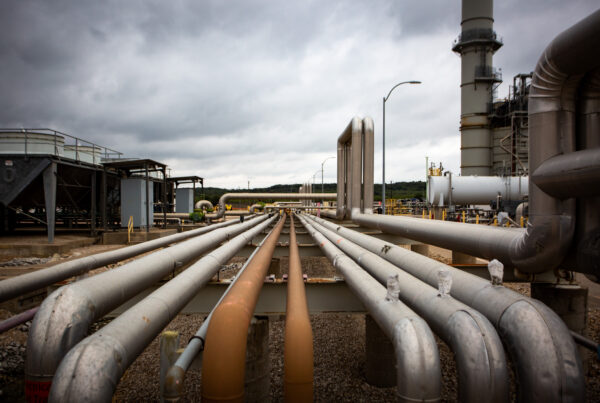The U.S. Department of Agriculture conducts a census every five years. Instead of people, however, they count anything related to farming and ranching – like livestock, acreage, tractors and crops.
The end result is a rather dense report that contains clues about where American farming is heading. The Texas Standard’s Michael Marks spent some time looking at the data for the Lone Star State.
This transcript has been edited lightly for clarity:
Texas Standard: So what big-picture trends stuck out for you when you were looking at this data?
Michael Marks: So the big thing is, there’s been a steady decrease in the average size of a farm and farmland since the 1970s, but the number of farms has moved slowly in the opposite direction.
What’s happening here is that the mid-sized family farm is going away, by and large. And one of two things is happening to it: It’s either being consolidated into a larger property owned by a big agriculture company, in all likelihood, or it’s being chopped up and subdivided into smaller properties, ranchettes that are mostly purchased by city people who want somewhere to get away to. So you’re seeing growth of really big farms and small farms.
So for a long time, Texas has led the nation in producing cotton and cattle. Is that still the case?
That is the case. But in this census – the data was taken from 2022; it’s a snapshot, just like the people census – 2022 was a terrible drought year. So when we look at the data, we see that Texas cotton farmers produced 5.5 million fewer bales of cotton in 2022 than 2017. It was the smallest crop on record in nearly 50 years.
The same thing is true with cattle. Right now, the country’s beef and dairy cow population has dwindled to the lowest level since 1963. That’s because it’s become so expensive to feed animals. You know, with this drought, pastures are pretty dry. There’s not a lot out there for animals to graze on. So, ranchers have to buy feed. That’s really costly. So they’re selling off a lot of animals in order to keep their costs down.
Now, the population will probably rebound because there are so few cattle. The price is going to go up and incentivize ranchers to try to produce more of them – of course, climate permitting.
» GET MORE NEWS FROM AROUND THE STATE: Sign up for Texas Standard’s weekly newsletters
What about the changes in what farmers are growing aside from the drought? Do you see any significant shift?
What’s interesting about these reports is you can see what people are experimenting with, just on sort of a trial basis – for example, mustard seeds. There was no mustard seed produced at all in 2017, but 250,000 pounds in 2022. Likewise with chickpeas: No chickpeas really grown in Texas before 2022, but somebody cultivated 12,000 pounds of them.
There was also a decline, of course – you see farmers moving away from certain crops. A big loser was peanuts. Now, again, this may be drought related. But when you look at how many peanuts farmers in Texas produced in 2022, it was about 340 million pounds. That’s a lot. But go back 20 years: We were doing 800 million pounds of peanuts in 2002. So, you see some shifts.
This is the first census to include any information about growing hemp in Texas. What does it say there?
There was lots of buzz in 2020 when the Texas Department of Agriculture started issuing permits to grow hemp. You know, it’s taken some time for the industry to get rolling. There was a lot of hoopla, but the main thing is that the state still doesn’t have a ton of infrastructure to process hemp.
Still, Texans farmed about 1 million pounds of hemp in 2022. That was third best in the country, behind Missouri, which grew 3 million, and Kansas, which grew 2 million. This number, though I would expect to grow considerably before the next census.
Well, what about the cost of farming itself? Has it gotten more expensive to do business?
It has. The average annual cost of doing business for a farmer and rancher in Texas is a little over $120,000. That’s up by about $30,000 since 2017. That isn’t a huge surprise, given that the supply chain issues from the pandemic affected all businesses.
This is, though, part of a longer-term trend. The biggest expenses pushing up the costs are fertilizer and feed for livestock. Texas farmers spent about $1.3 billion in fertilizer in 2022. Twenty years ago, it was $555 million. So, a big jump there.














